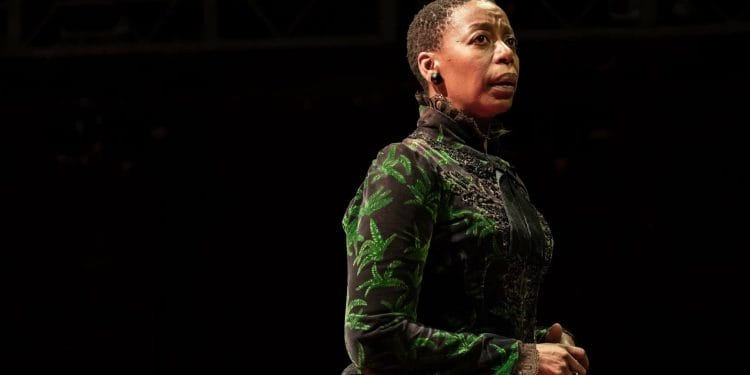 A Doll’s House, Part 2 at the Donmar Warehouse is certainly not the first sequel written about Norwegian playwright Henrik Ibsen’s famously controversial play A Doll’s House. The original, published in 1879, received criticism at the time because it questioned the traditional gender roles of marriage.
A Doll’s House, Part 2 at the Donmar Warehouse is certainly not the first sequel written about Norwegian playwright Henrik Ibsen’s famously controversial play A Doll’s House. The original, published in 1879, received criticism at the time because it questioned the traditional gender roles of marriage.
However perhaps more controversial was the fact that Ibsen appropriated the real-life situation of Laura Kieler, who was forced to see her own tragedy acted out on stage. In addition to this, despite writing what is considered an iconic feminist drama, Ibsen rejected the idea that he was a feminist.
Fortunately for theatre-goers, this background is somewhat superfluous as the new sequel, written by Lucas Hnath and directed by James Macdonald, is a complete work in and of itself and requires no previous knowledge to be enjoyed.
The play opens with the return of Nora (Noma Dumezweni) to her matrimonial home which she had left fifteen years earlier, where she is greeted by her old nanny Anne Marie (June Watson). Nora explains that she has done well for herself as a writer but in doing so has made enemies. A judge is threatening to blackmail her with the fact that her husband Torvald (Brian F. O’Byrne) has yet to divorce her, a fact that Nora was unaware of. She explains that she has returned to ask him to make good on his promise to do so over a decade earlier. However, as the play unfolds this proves more difficult than she expected.
Noma Dumezweni’s performance as Nora in A Doll’s House, Part 2 is phenomenal to watch. With minimal choreography and set Dumezweni perfectly expresses the joys, sorrows and exasperations of being an independent woman in a time where independence was hard-won, and even harder kept.
Perhaps best matched with Dumezweni is June Watson as the surprisingly potty-mouthed Anne Marie. The pair have an undeniable chemistry as actors and their deft volleying of sharp witticisms had the audience in stitches. Brian F. O’Byrne and Patricia Allison, as Torvald and Emmy respectively, embodied a softer contrast to Dumezweni’s formidable stage presence.
Theatre in the round is already a tricky device to pull off, and when combined with a play that relies almost solely on dialogue to convey drama it becomes even more difficult to keep an audience engaged. However, despite the lack of an interval, this production successfully does so thanks to the incredibly talented cast who draws the audience in from the get-go. As such A Doll’s House, Part 2 is a must-watch for those interested in gender dynamics and human drama.
A Doll’s House Part 2 is at Donmar Warehouse until 6th August






















Comments 2